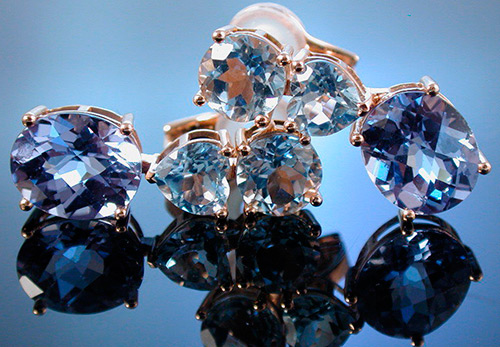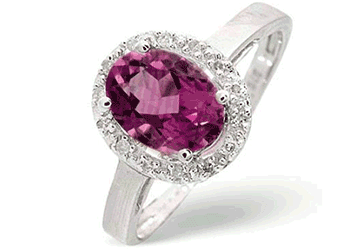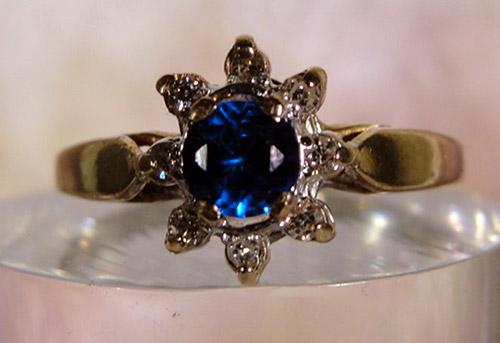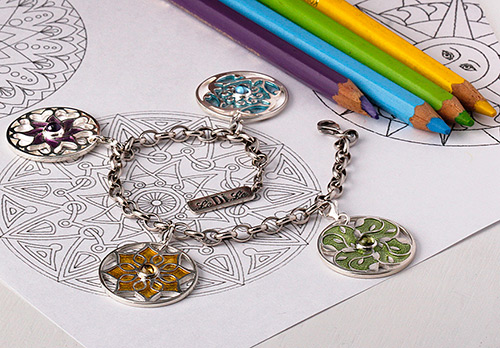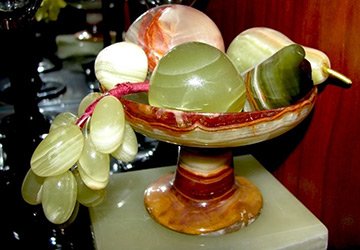Jewelry
Topaz stone and jewelry
Topaz is one of the most beautiful gemstones. Topaz got its name, as Pliny the Elder writes, from the name of the place of its discovery - the island in the Red Sea Topazos (today Zeberged). According to another assumption, the name of its Sanskrit origin ("tapas" - "fire", "flame").
Topaz has been known to people since antiquity, which is confirmed by the finds of blade-blades, the so-called cores, from this stone.
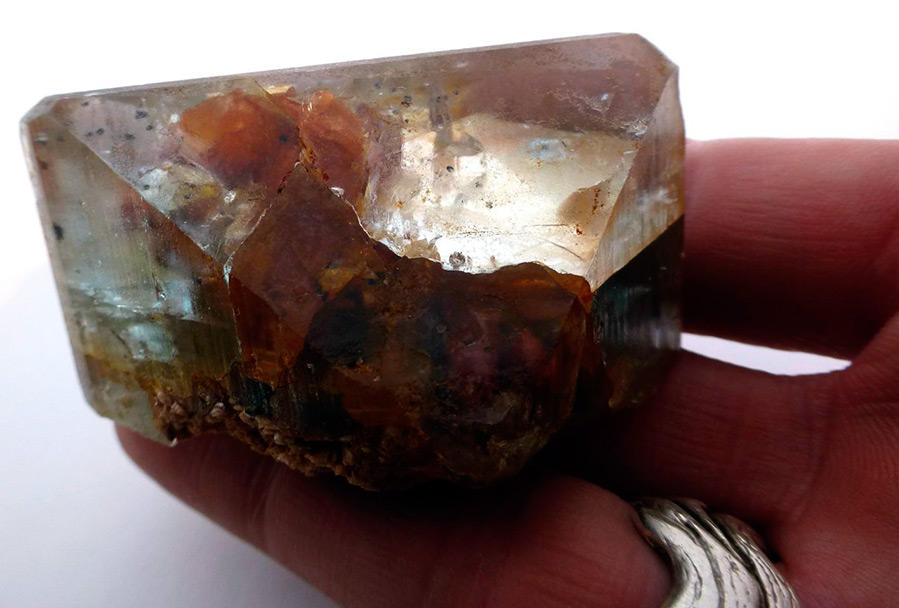
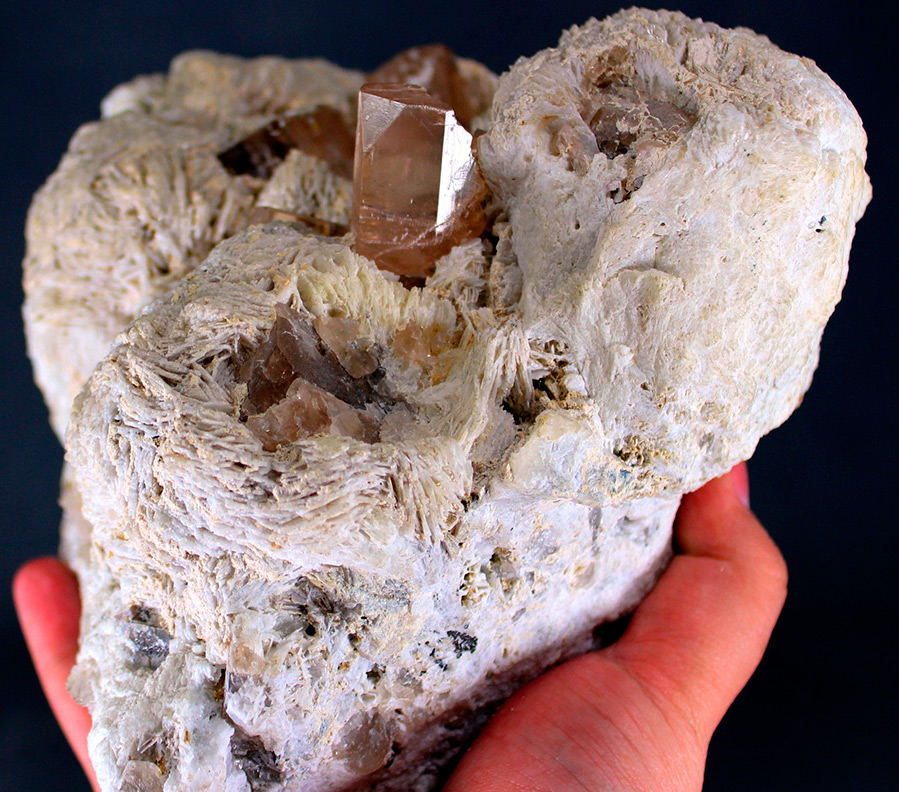
The first written mention is found in the Septuagint (III - II centuries BC) This is the oldest Greek translation of the Old Testament from the Hebrew language. Topaz is here designated as one of the twelve stones from the confidant of the high priest Aaron. What color that beautiful stone was, probably, now no one will know.
The confidant disappeared after the capture of Jerusalem by the Romans. Why is the question of color so important? The fact is that in some ancient descriptions topaz is described as a greenish stone, in others - even as black.
The greenish stones, which Pliny the Elder once wrote about as topaz, most likely were chrysolites, which were found in the ancient excavations of the island of Topazos (Zeberged). On this island, fine samples of gem-quality olivine (chrysolite) are still mined, but no one has ever met black.
Only in the 17th century did the confusion with topaz end when the famous physician and expert on precious stones Anselm Boethius de Bott published his book “History of Gems and Stones», Where he gave a description of more than 600 minerals.
Since 1737, topaz began its triumphal procession among precious stones. It was in this year that a deposit of a beautiful stone was discovered in Saxony.
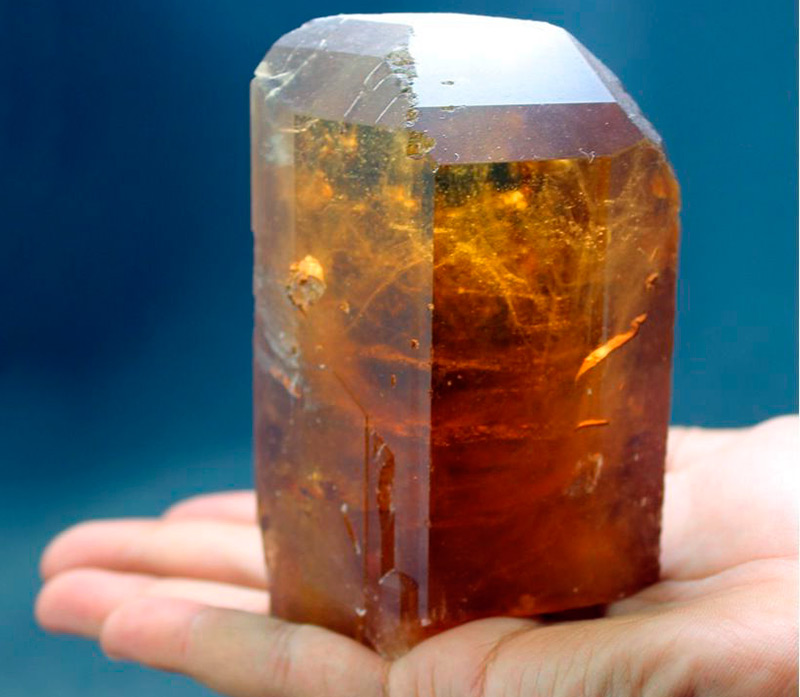
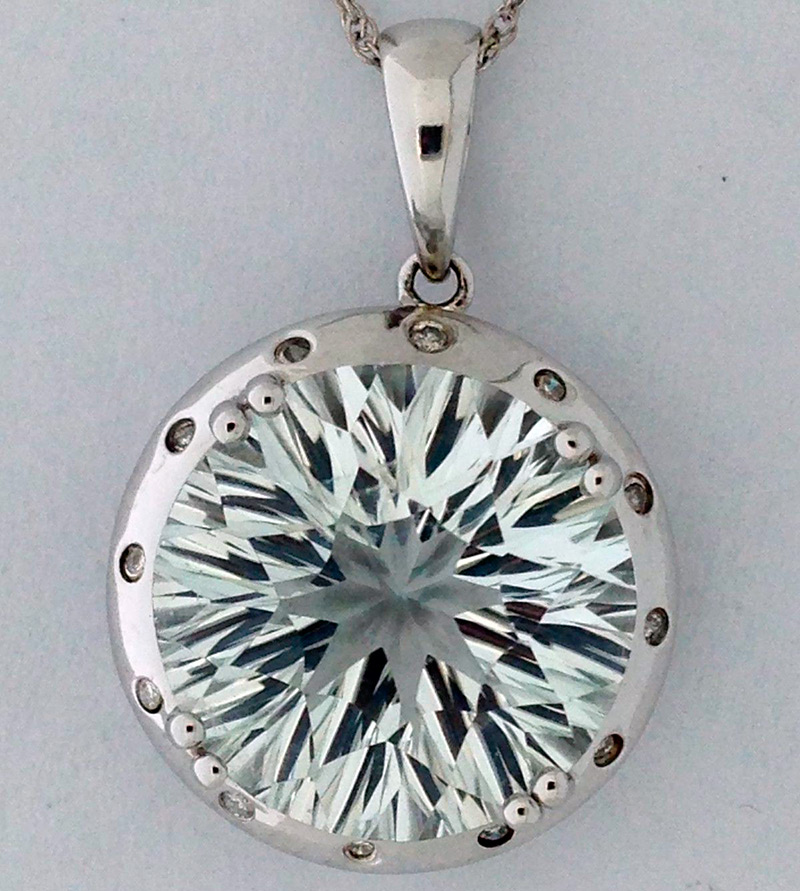
Topaz color and its deposits
Topaz - fluorinated aluminum silicate - Al2 [SiO4] (F, OH) 2
Topaz - most often yellow stones with a reddish tint. The most valuable are topaz from pink to red-orange. But in general, there are colorless topaz, and yellow, blue, reddish, purple, light green. Some tan topaz can fade in the sun.
The color of topaz depends on defects in the crystal structure associated with various impurities, for example, from impurities of titanium - blue, titanium and hydroxyl - pink, iron and chromium - pink, wine. The elements of potassium, sodium, calcium and others are found as impurities.
Colorless topaz are found, but extremely rare. There were interesting finds of such topaz in the Urals, in Brazil. Because of their extraordinary purity, they are called "a drop of water". Pink topaz is also very rare; finds are known in Brazil. These topazes are called "Brazilian rubies".
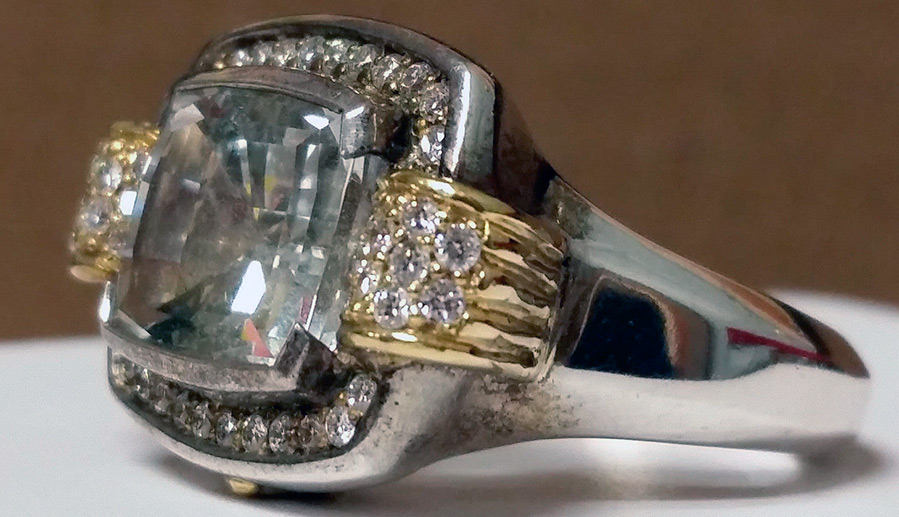
Pink, deep red and purple topaz found in the region of the Kamenka and Sanarka rivers in the Urals. Topaz deposits can be called Saxony in the 18th century, and today - Brazil. It is from Brazil that the famous orange-red topaz - imperial - comes from.
Brazil is the main supplier of topaz today. Other deposits are Australia, Afghanistan, China, Japan, Mexico, Namibia, Nigeria, Russia (Ural, Transbaikalia), Sri Lanka, Ukraine, USA.
Topaz, stones that are often confused with other gemstones such as ruby, spinel, tourmaline, sapphire and zircon. Sometimes, even in the gem trade, citrine (a type of quartz) and yellow burnt amethyst are called golden topaz or madeira topaz.
Topaz came to the world market under different names: greenish topaz were called Saxon chrysolites, and topaz from Fr. Sri Lanka. At the same time, smoky quartz was called smoky topaz or rauchtopaz.
And there were cases in history when topaz was called a diamond, for example, the Braganza diamond, the traces of which are lost, and in essence now no one can give an answer - was it really a diamond or was it still topaz. But that's a different story.
Therefore, many serious sellers call real topaz - noble topaz. In Russia, topaz has been known since the 18th century; they were called "Siberian diamonds". Topaz is characterized by a special play of light. The transparency of the stone is compared to a transparent drop of morning dew.
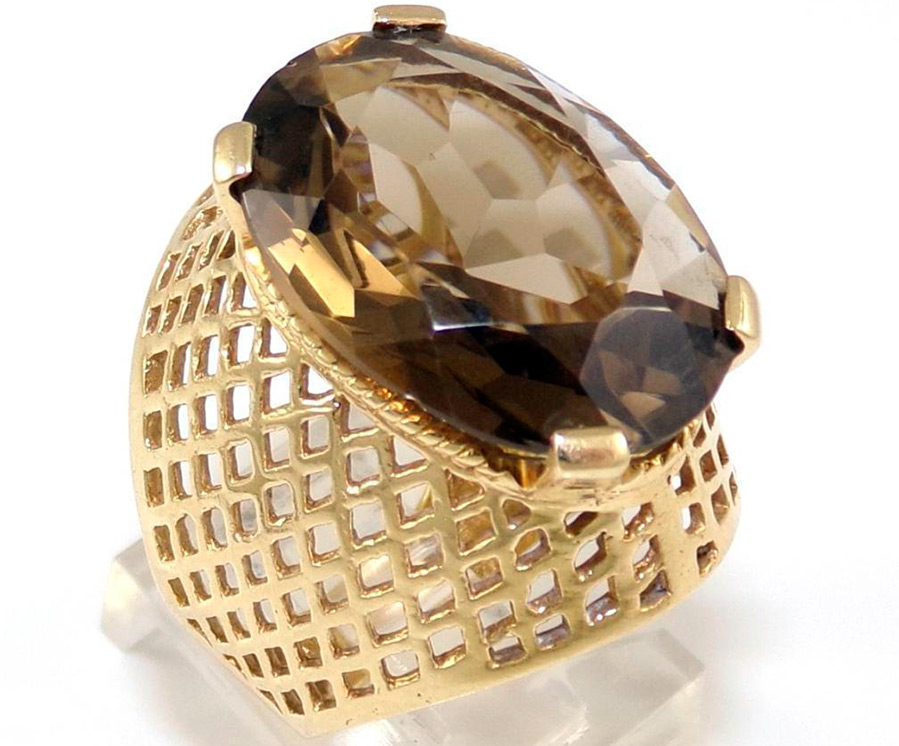
For colored topaz, a stepped or hipped-roof cut is used, for colorless - brilliant, and topaz with unwanted inclusions are polished in the form of cabochons.
Experiments are known to obtain a new color of topaz when heated. At the moment, there is a known method of changing the color by irradiation with subsequent heat treatment (or without it).
It is the irradiation that causes the formation of defects in the crystal structure, which changes its color. For example, if you find an intensely blue topaz, it means that it is irradiated, since there are no such topaz in nature, there are only light-light blue ones. There are rainbow topaz obtained by spraying. Only this spraying is short-lived.
Artificial production of topaz is still only of scientific interest, synthetic topaz is obtained, but they are not of commercial value, since they are more expensive than natural ones in terms of costs. Therefore, in the fair trade market, you will not find synthetic topaz.
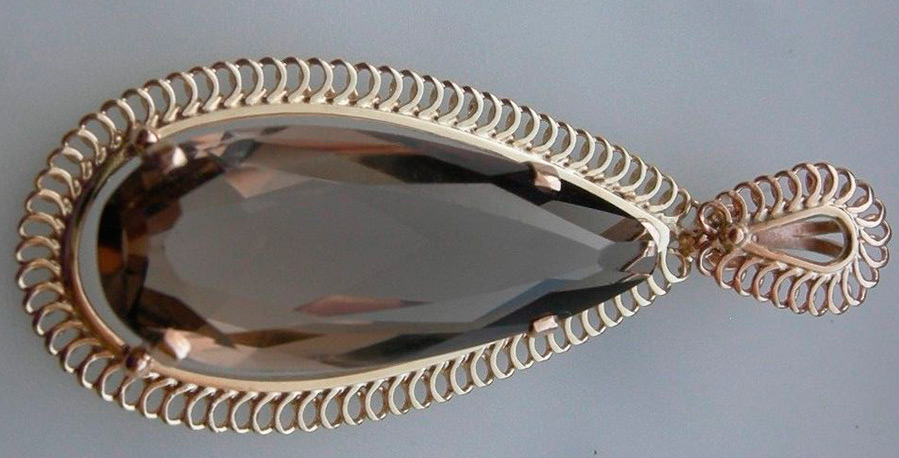
Famous topaz
There were finds weighing several kilograms. In the Brazilian state of Minas Gerais, the largest samples of topaz were found, which are stored in an unprocessed form in the National Museum of Natural History in Washington (Smithsonian Institution): Freeman crystal - 50.5 kg and Lindsay crystal - 32 kg.
The Smithsonian collection also contains two huge faceted topaz: American golden topaz (22,892.5 carats - 4.6 kg, the original weight of which was 11.8 kg) and Eldorado topaz (31,000 carats - 6.2 kg). The largest blue topaz is stored in Spain in the small old town of Marbella (8225 carats).
Wonderful specimens of a sky-blue color with a mass of 2110 g and a yellow color - 1850 g were found in Ukraine. The first is named after the Soviet mineralogist A.E. Fersman, the second was named Golden Polesie.
The Russian Diamond Fund keeps the ancient Spanish Order of the Golden Fleece. In the upper part there are five large Brazilian topaz of a delicate mauve color. It is assumed that the order belonged to Emperor Alexander I, who was presented to this award in 1814. The golden fleece of this order is studded with diamonds. There were also large topazes in the royal crown of Irina Godunova.
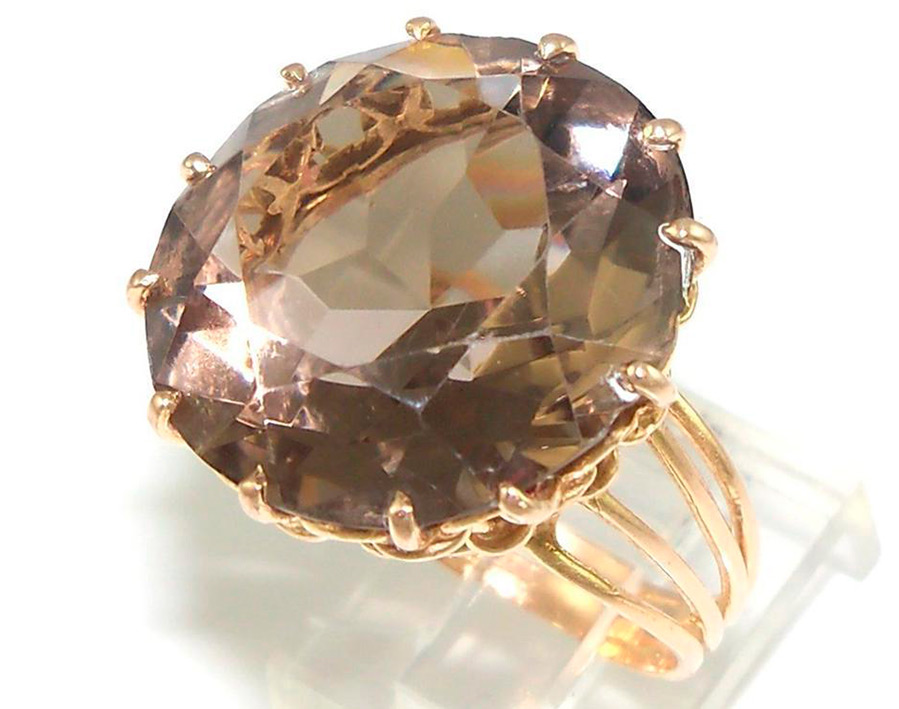
Topaz stone and magical properties
In Assyria, Egypt and Babylon, topaz was the symbol of the zodiac sign of Scorpio. At that time, it was believed that those who wear topaz will necessarily become honest, decent and generous. And golden topaz will create happiness and serenity, cure dark thoughts and depression.
In the East, it was believed that topaz is a stone of inner enlightenment. In ancient India, topaz was also considered one of the 12 most important gems with healing properties. Topaz is mentioned in the texts of "Ayurveda" as irreplaceable in the treatment of throat, eye diseases, arthritis, epilepsy, insomnia, thyroid gland.
When worn as jewelry, topaz enhances the effects of medications. The stone helps with depression, in the fight against fears, in the manifestation of anger. It evokes feelings of joy. And finally, topaz gives women beauty and health, so, apparently, such a stone must be kept among other jewelry.
Since some varieties of topaz lose their color in the sun, it is better to store jewelry with this stone in the dark.
Topaz is a fairly common gemstone. Therefore, many of us can purchase earrings, rings and other jewelry with topaz, especially since its magical properties will help us become better, cleaner, healthier and more beautiful.
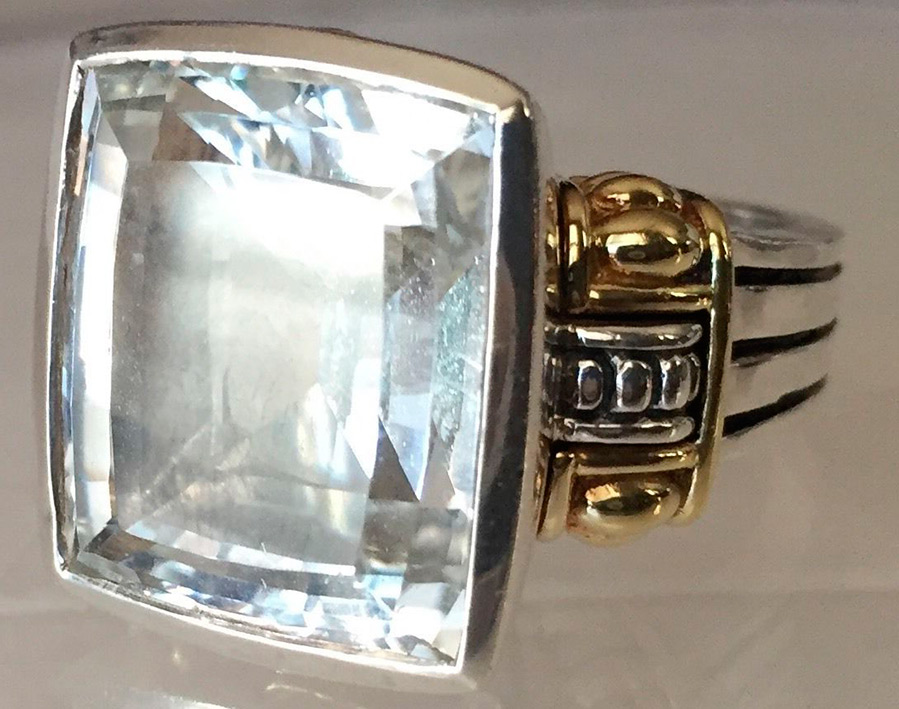
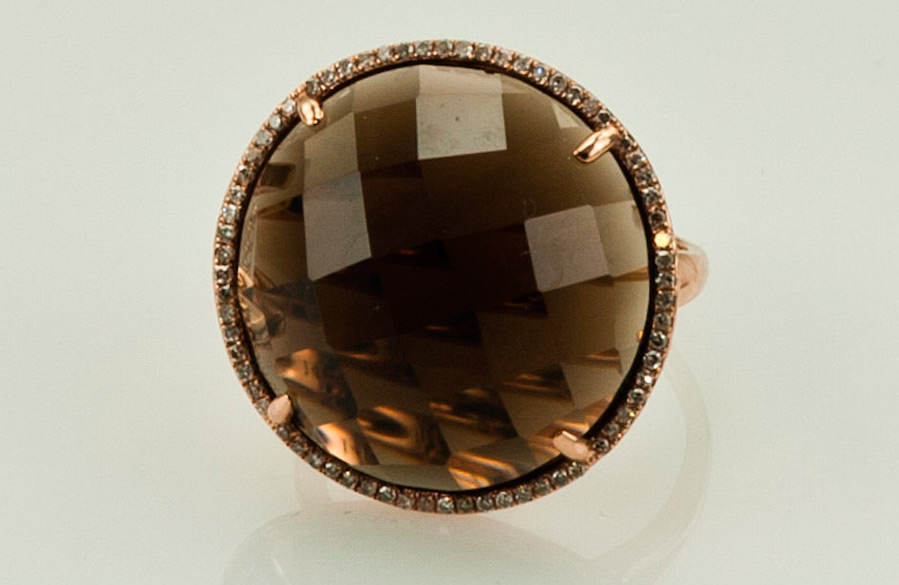
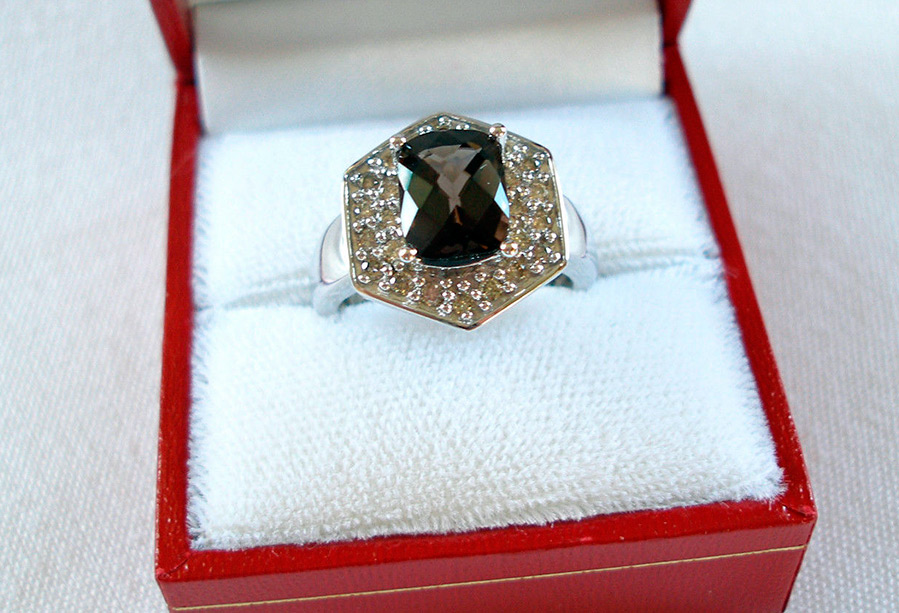
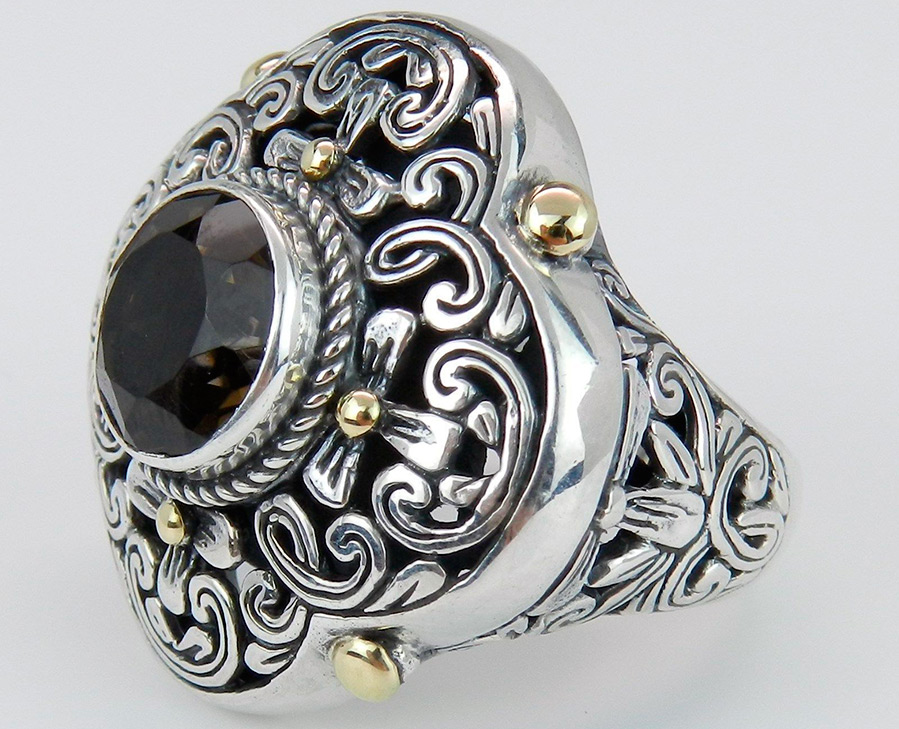
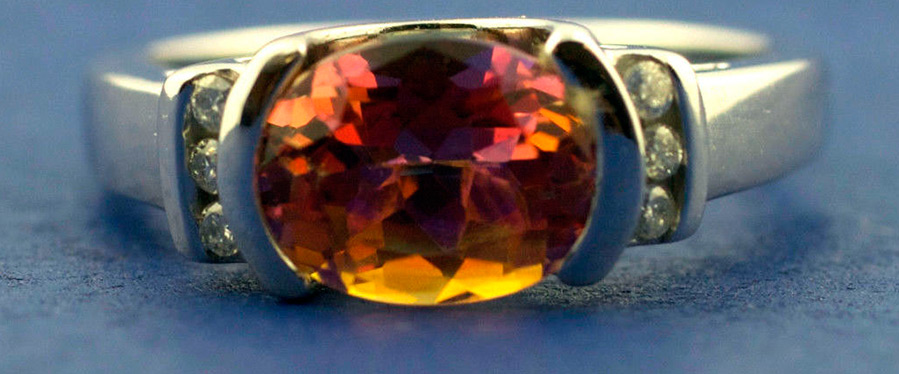
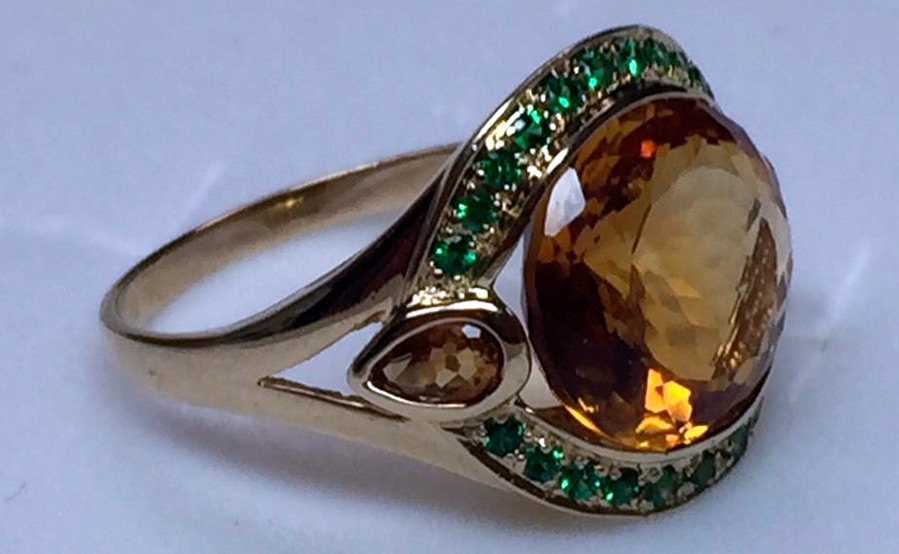
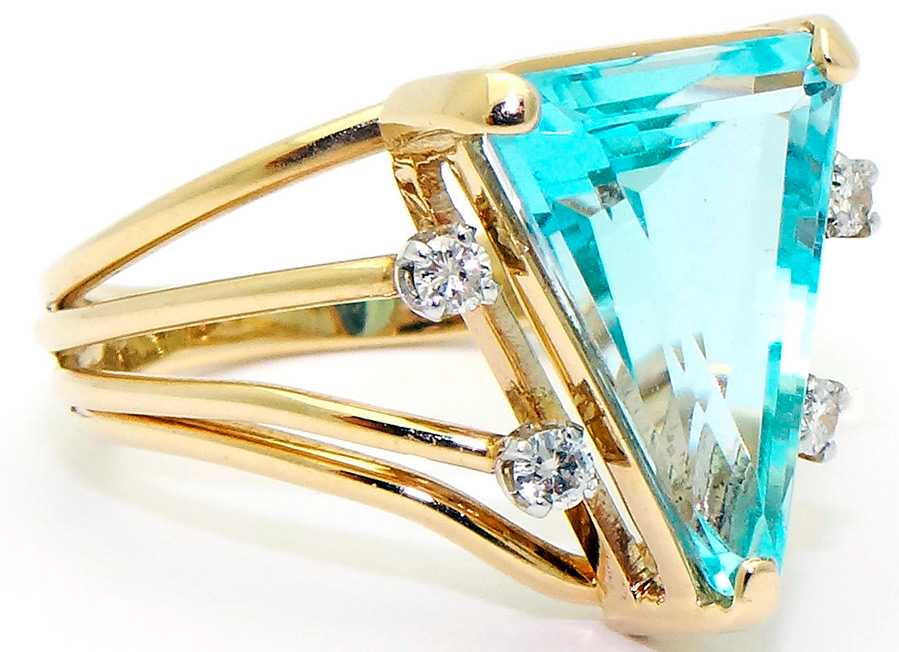
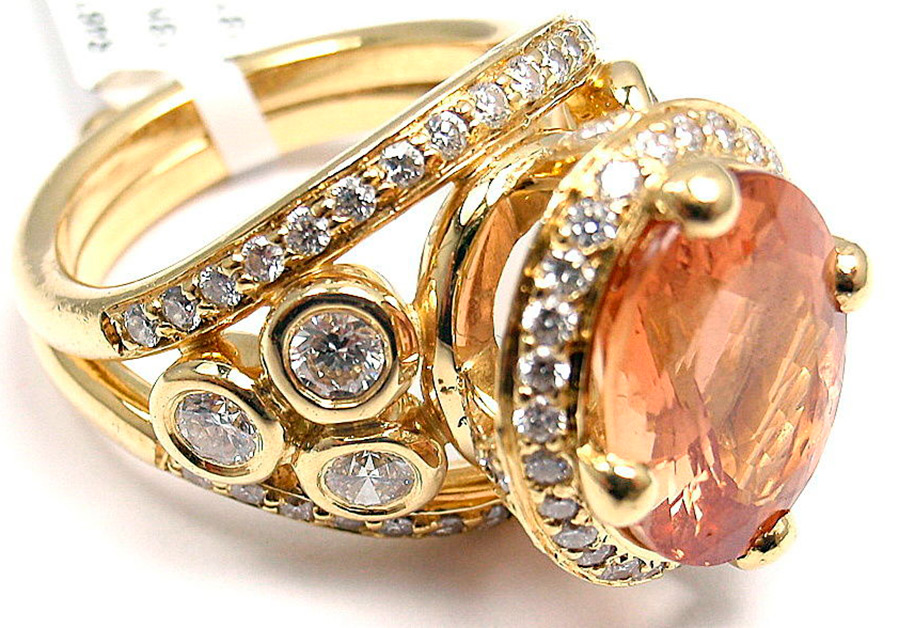
Comments and Reviews
Add a comment
Rating news
Shades of clothing that make women look younger
What shades of hair make women younger: rules and photos
Funny wedding dresses - photos and ideas
12 most expensive down jackets for the winter
How to look 25 at 40: tips from supermodels
Beautiful schoolgirls
Anti-aging haircuts and hairstyles for women
Fashionable skirts for autumn and winter
Fashionable women's trousers for the cold season
Fashionable and stylish sandals for summer 2024
Spring-summer 2024
 Fashionable dresses and tops with thin spaghetti straps
Fashionable dresses and tops with thin spaghetti straps
 Bandana tops: how to wear stylishly and beautifully
Bandana tops: how to wear stylishly and beautifully
 How to put together the perfect men's wardrobe for the summer
How to put together the perfect men's wardrobe for the summer
 Fashionable shorts for spring-summer 2024
Fashionable shorts for spring-summer 2024
 Fashionable skirts for spring-summer 2024: a guide to online shopping
Fashionable skirts for spring-summer 2024: a guide to online shopping
 The most fashionable dresses spring-summer 2024: styles and colors
The most fashionable dresses spring-summer 2024: styles and colors
 Fashionable total look 2024: ideas of images and trends
Fashionable total look 2024: ideas of images and trends
